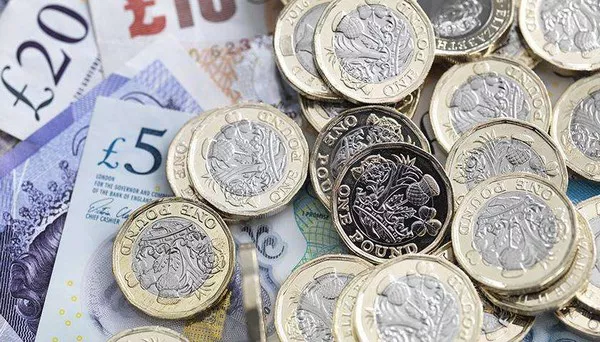In the world of global finance, currencies play a vital role in facilitating international trade and commerce. Each country has its own currency with unique symbols and abbreviations, and one such abbreviation that holds significant importance is GBP. In this article, we aim to unravel the meaning and significance of GBP, providing a comprehensive understanding of the British Pound Sterling.
1. The Origins of GBP
GBP stands for “Great British Pound,” which is the official currency of the United Kingdom. It traces its roots back to the origins of the British monetary system, deeply entwined with the history of the nation itself. The pound sterling has a rich heritage dating back over a millennium.
2. Evolution of the Pound Sterling
The pound sterling’s evolution can be traced to the Anglo-Saxon period when silver pennies were used as a medium of exchange. Over time, the penny developed into a standardized unit, and the term “pound” emerged, representing a sum of 240 pennies. The pound sterling initially referred to a pound weight of sterling silver, which was the dominant form of currency during the medieval period.
3. The Symbol and Significance of GBP
The symbol used to represent the British Pound Sterling is £. It is derived from the Latin word “libra,” meaning a unit of weight or balance scale. The symbol £ represents the weight of silver held in the treasury during the reign of King Offa of Mercia (757-796 AD).
The GBP holds significant importance in global financial markets. As one of the world’s major reserve currencies, it plays a crucial role in international trade, foreign exchange, and investment activities. The stability and strength of GBP have been instrumental in positioning the United Kingdom as a leading financial hub.
4. Monetary Policy and Regulation
The Bank of England, established in 1694, is responsible for the monetary policy and regulation of GBP. The central bank’s primary objective is to maintain price stability and ensure the overall stability of the financial system. The Monetary Policy Committee (MPC) sets interest rates to achieve the inflation target set by the government.
5. Decimalization and Modernization
In 1971, the British currency underwent a significant transformation with the process of decimalization. Prior to this, the pound was divided into 20 shillings, and each shilling consisted of 12 pence. With decimalization, the pound was divided into 100 new pence, symbolized as “p.” This modernization streamlined the currency system and brought it in line with international standards.
6. The Impact of Brexit on GBP
One of the most significant events in recent times that has affected GBP is the United Kingdom’s decision to leave the European Union, commonly known as Brexit. The prolonged uncertainty surrounding Brexit negotiations led to volatility in the value of GBP. The currency experienced fluctuations as markets reacted to developments in the negotiation process.
7. GBP Exchange Rate Determinants
The value of GBP fluctuates in the foreign exchange market, influenced by various factors. These include economic indicators such as inflation, interest rates, GDP growth, unemployment rates, and geopolitical events. Market sentiments, investor confidence, and global economic trends also impact the exchange rate of GBP against other currencies.
8. GBP as an Investment Opportunity
GBP presents investment opportunities for individuals and institutional investors alike. Foreign exchange trading allows participants to speculate on the movement of GBP against other currencies, potentially profiting from exchange rate fluctuations. Moreover, the stability of GBP makes it an attractive choice for long-term investments and diversification of portfolios.
Conclusion
GBP, short for Great British Pound, represents the official currency of the United Kingdom. Rooted in a rich history dating back centuries, the pound sterling holds immense significance in global finance. Its symbol £, derived from the Latin word “libra,” is recognized worldwide.
Understanding GBP is crucial for individuals and businesses engaged in international trade or investment. Factors such as monetary policy, economic indicators, geopolitical events, and market sentiments influence the value of GBP in the foreign exchange market. As a major reserve currency, GBP’s stability and strength contribute to the United Kingdom’s position as a financial powerhouse.
As we navigate an ever-changing global economy, comprehending the meaning and dynamics of currencies like GBP equips us with the knowledge to make informed decisions, manage risks, and seize opportunities in the world of finance.


